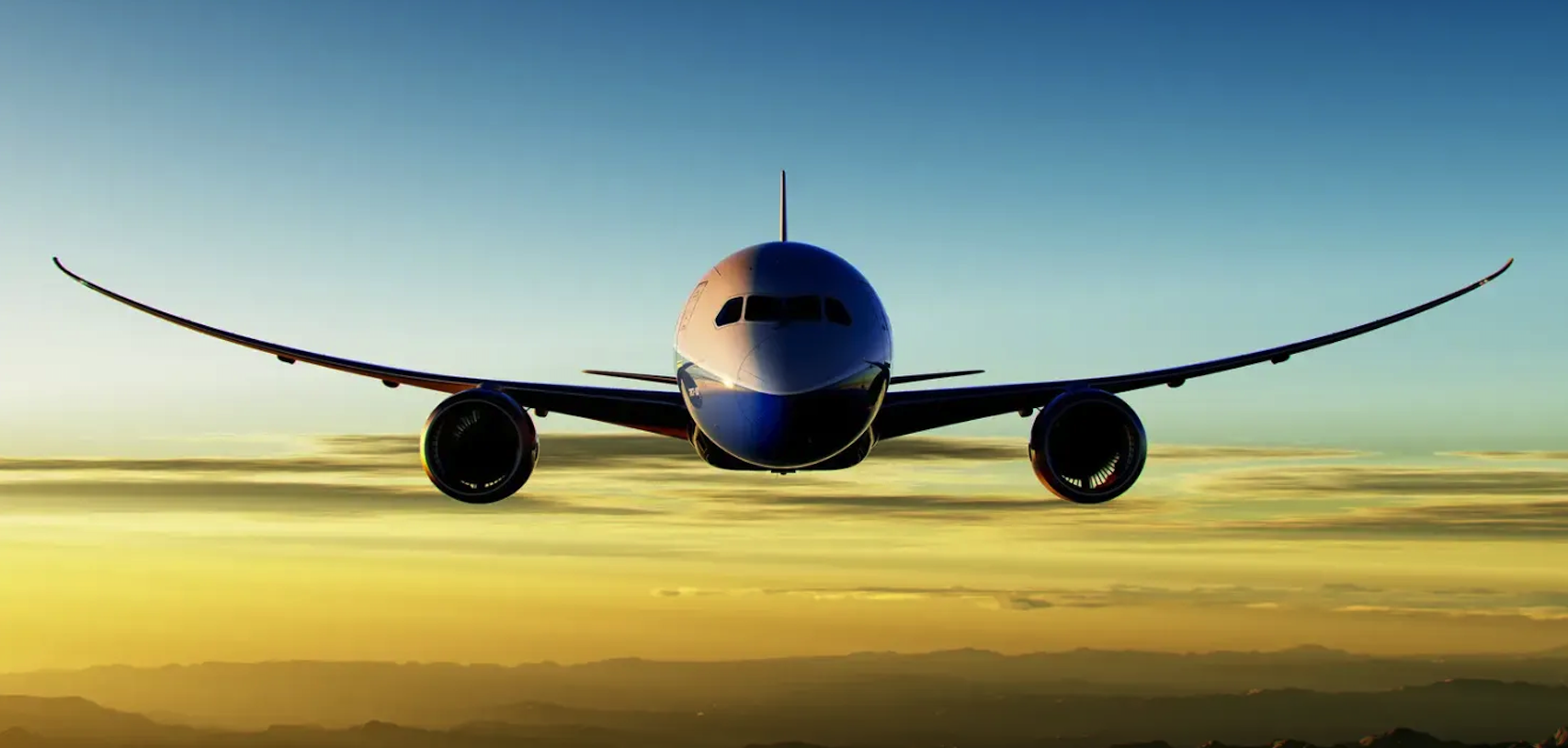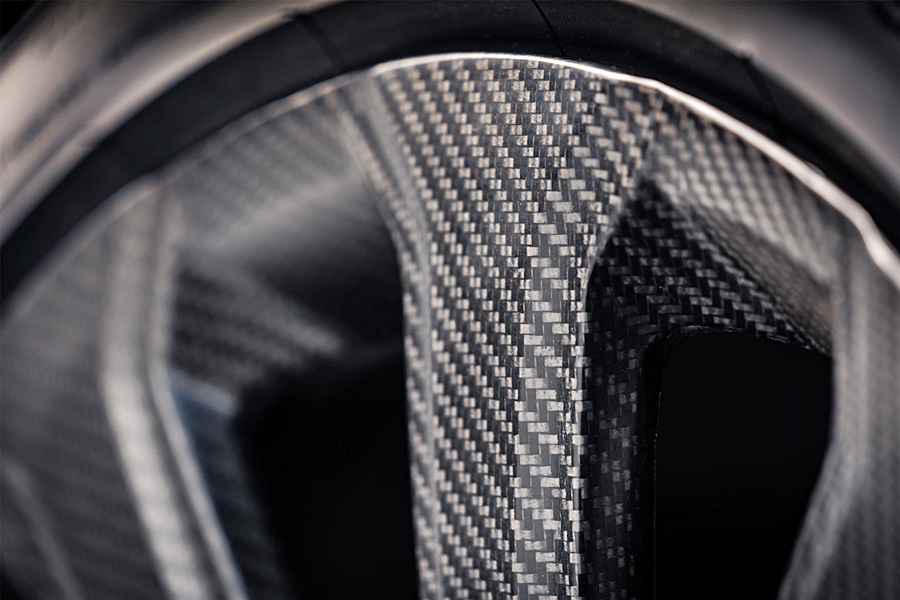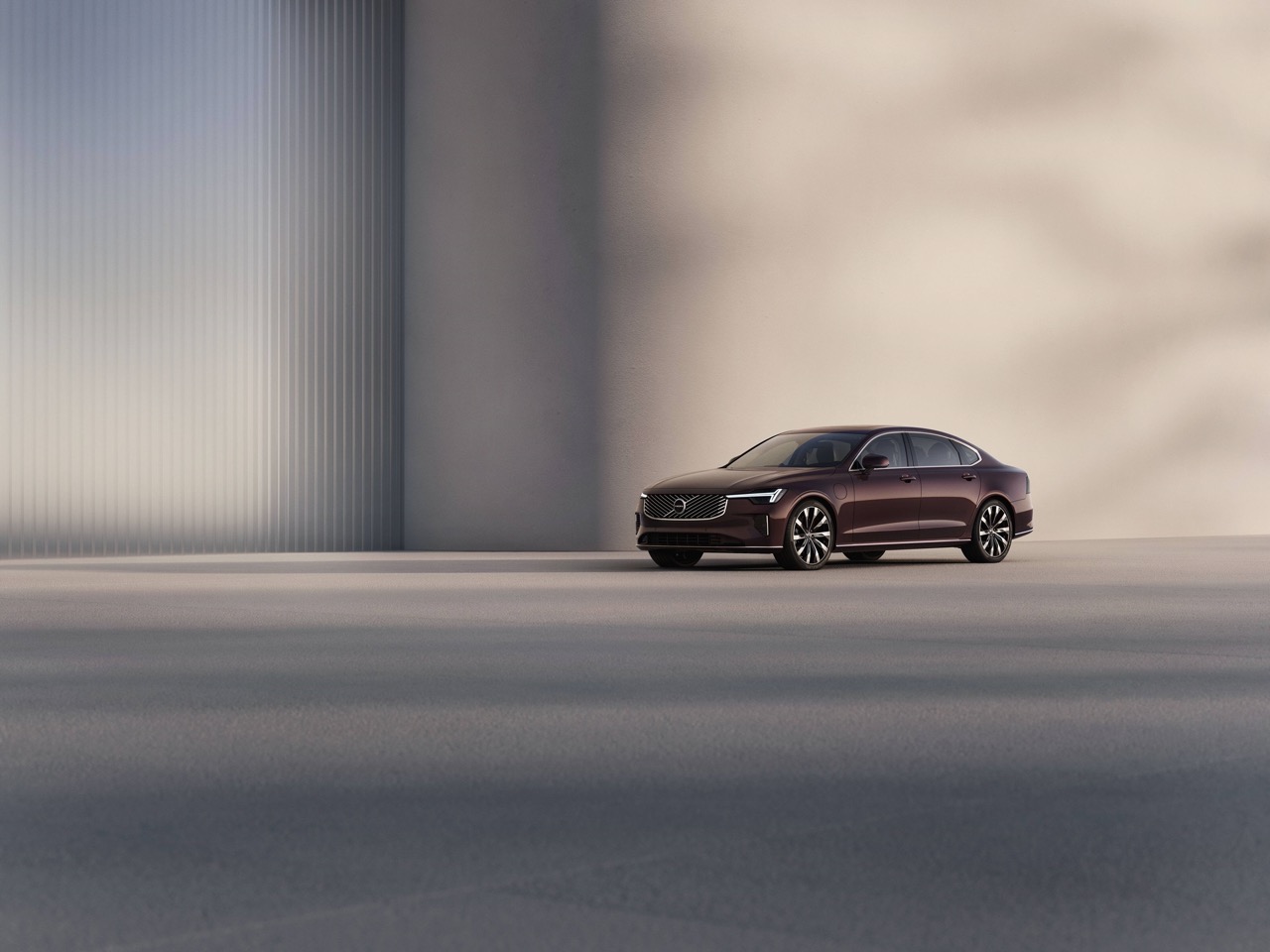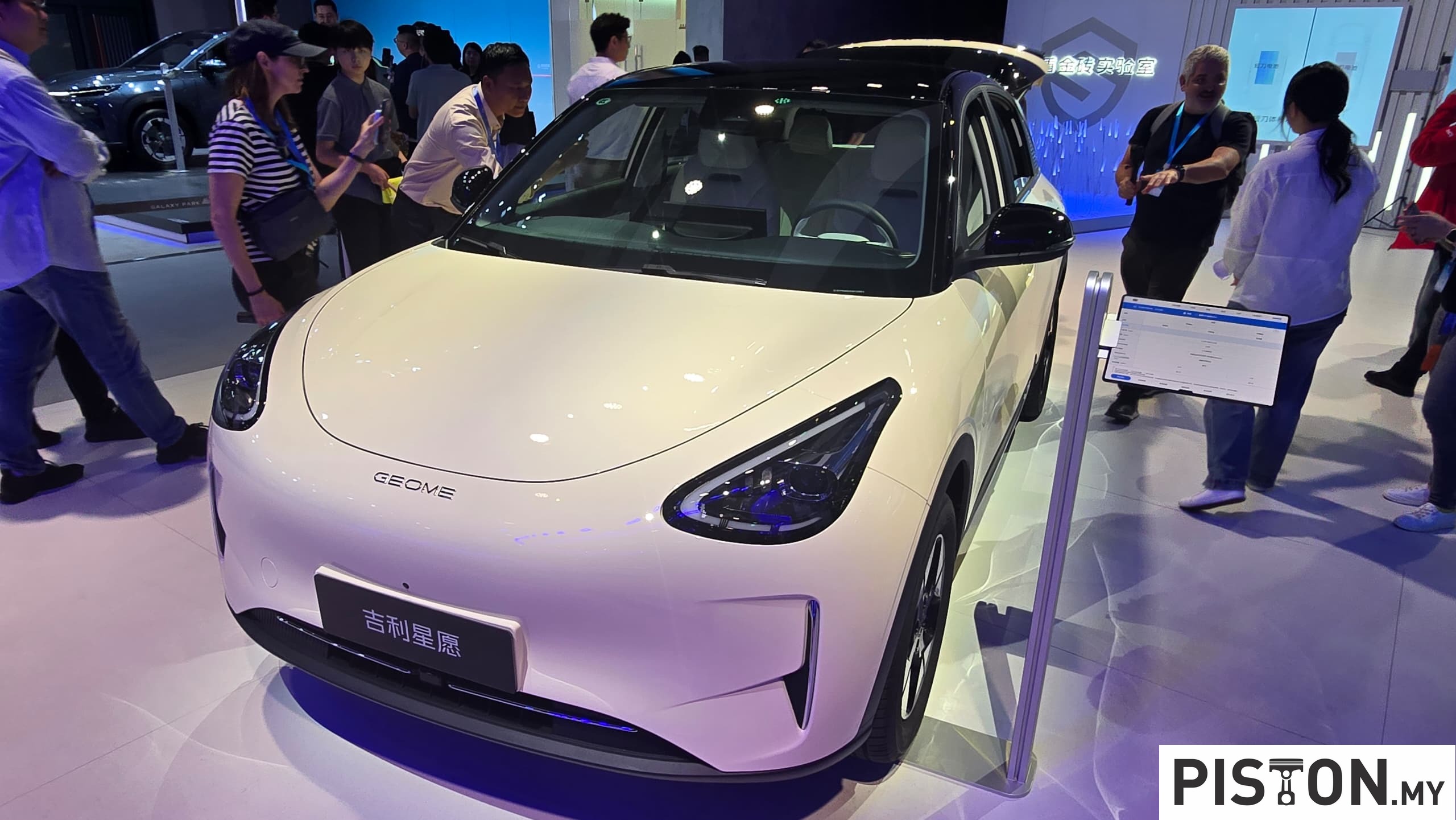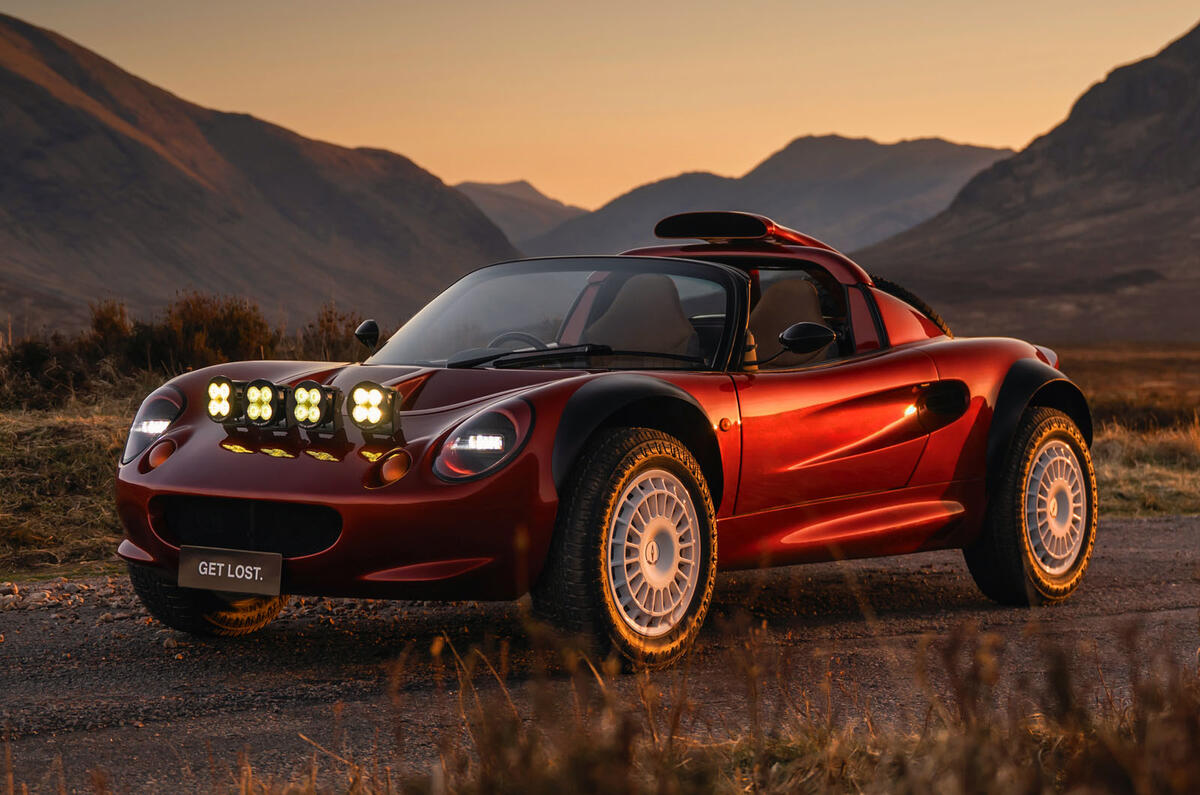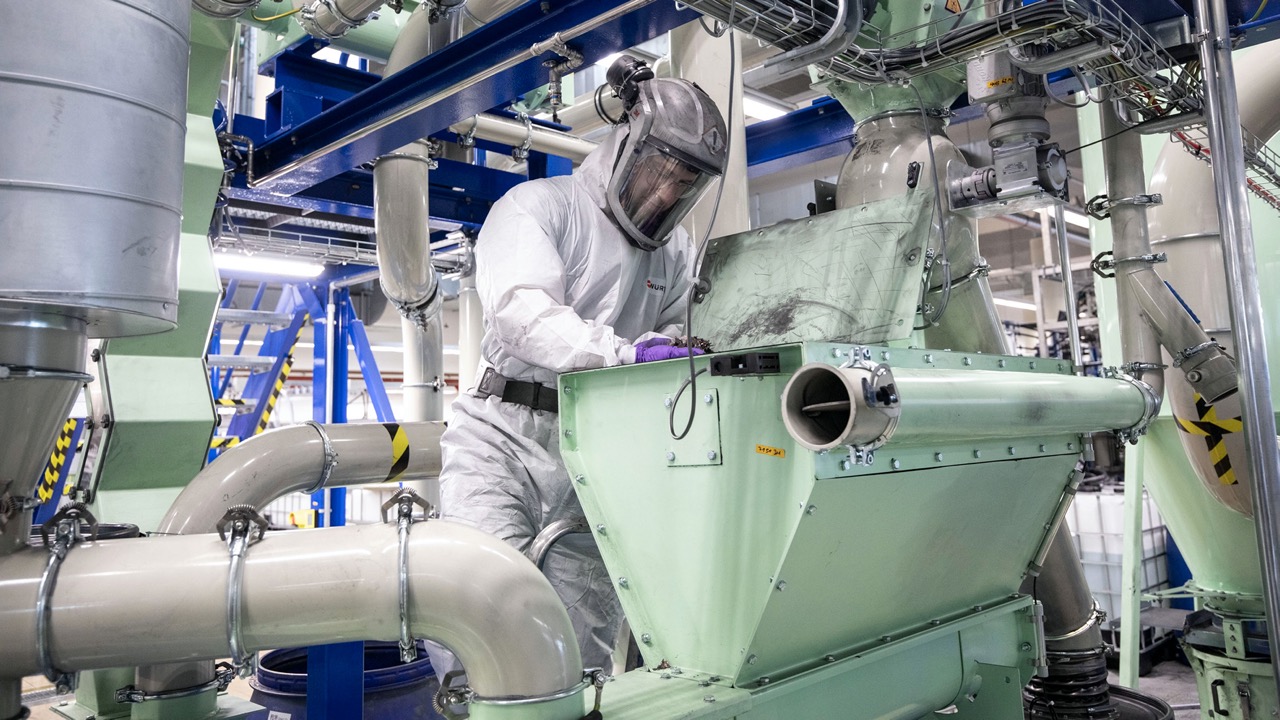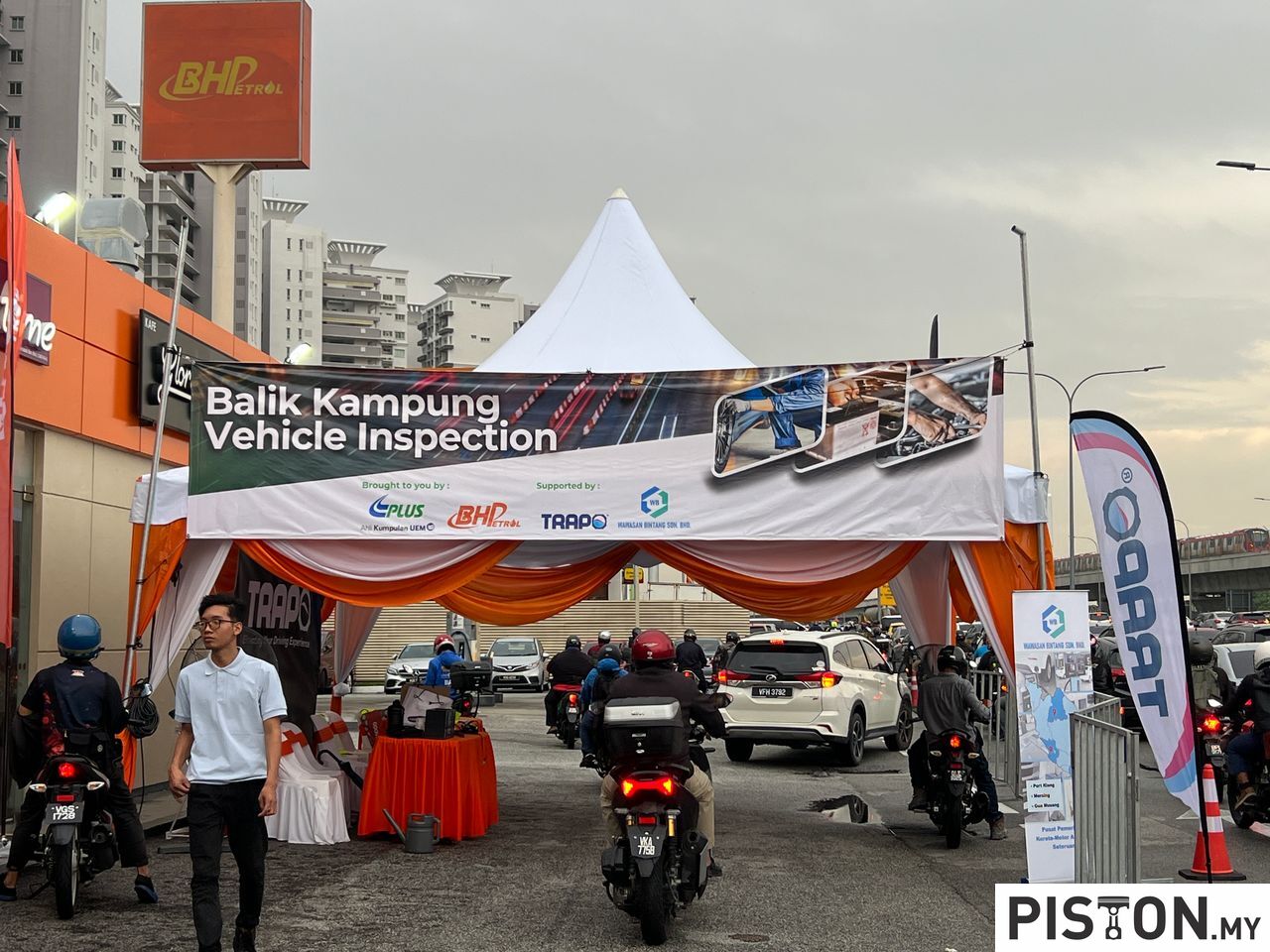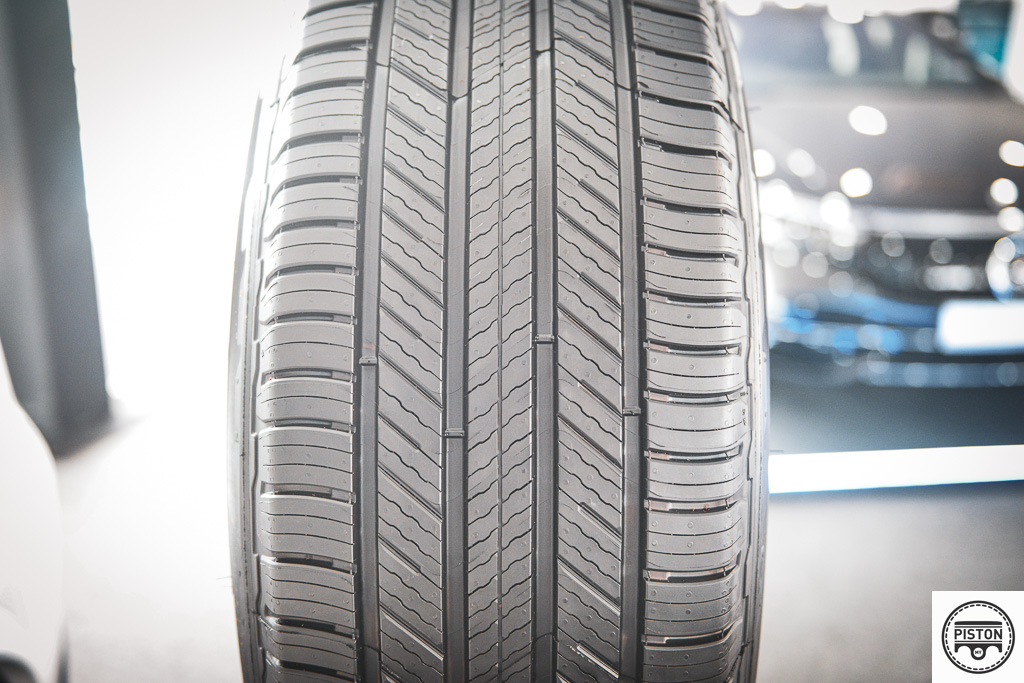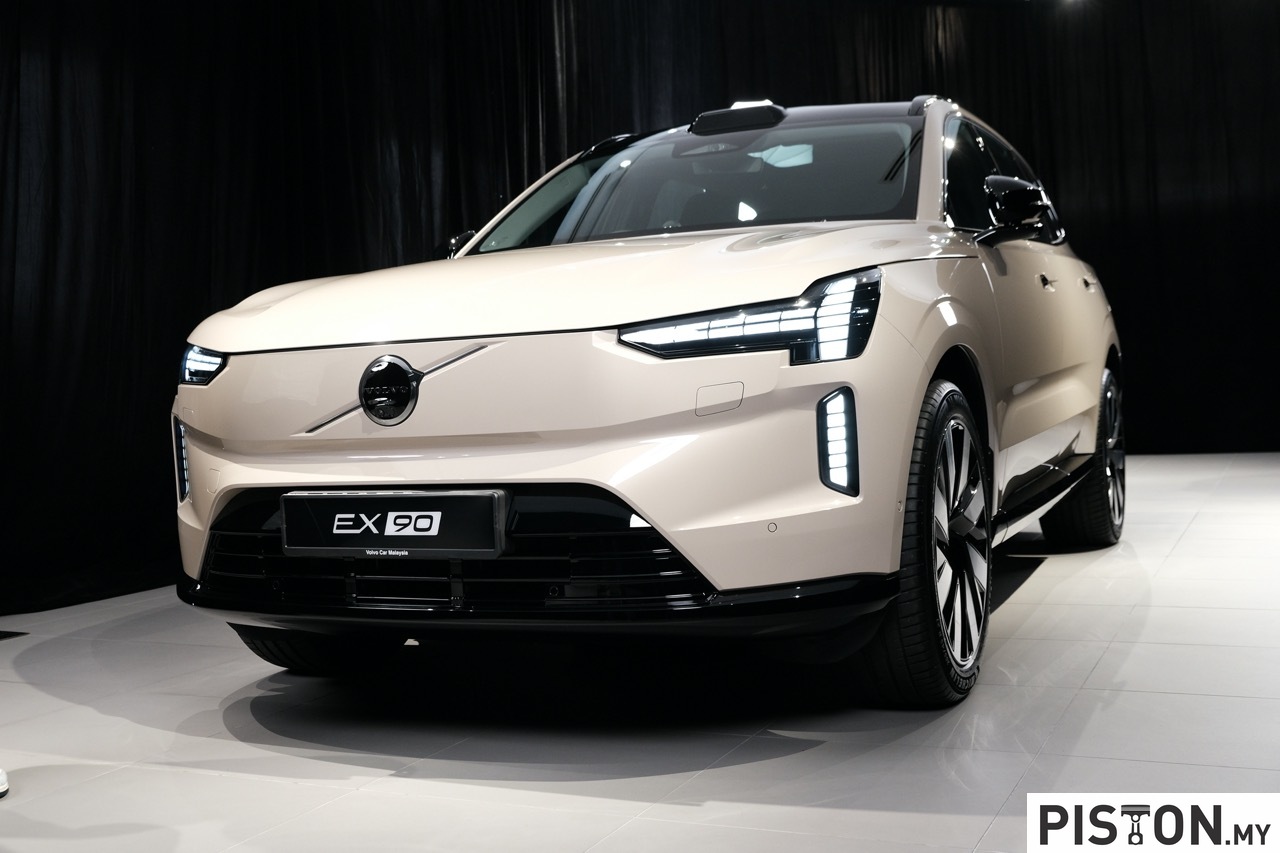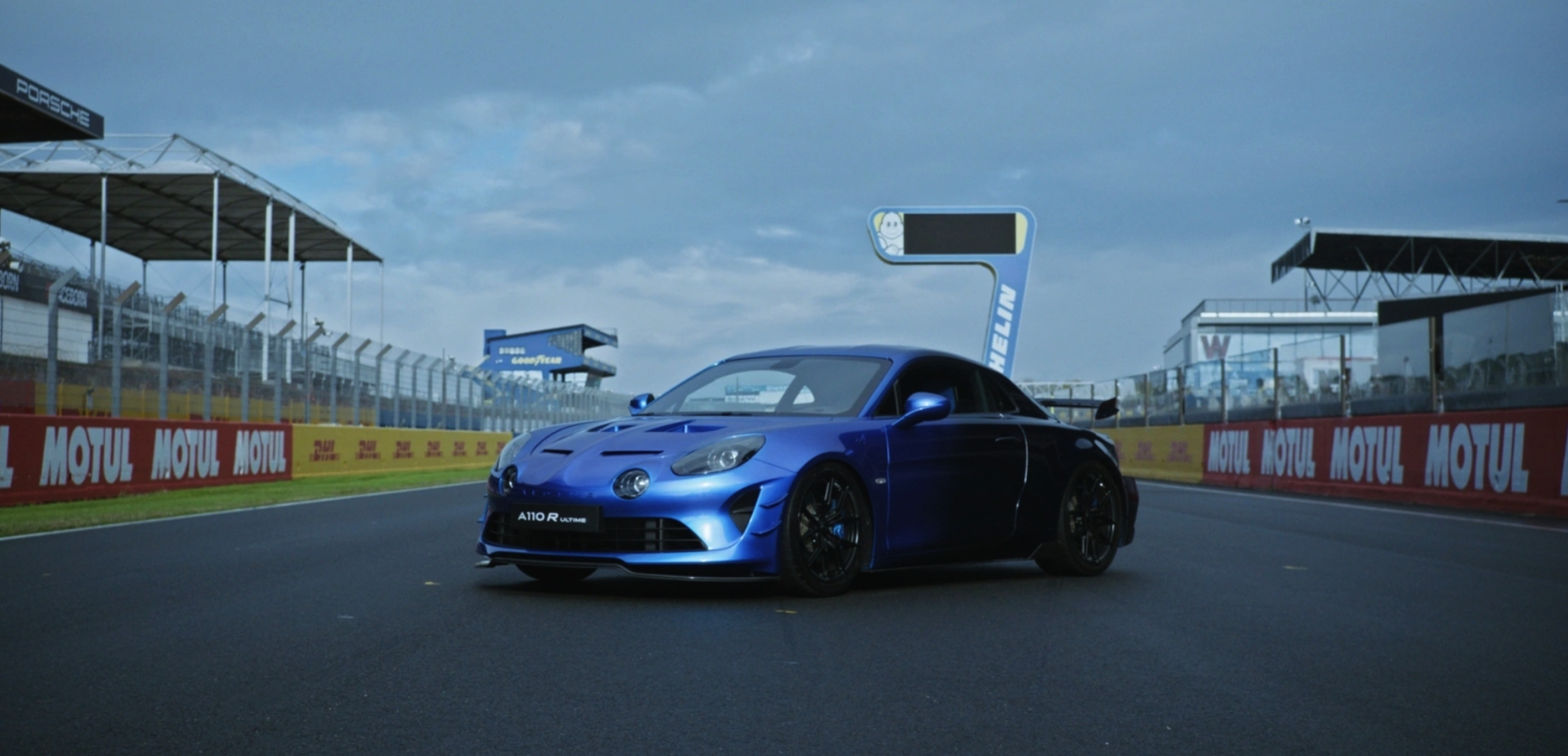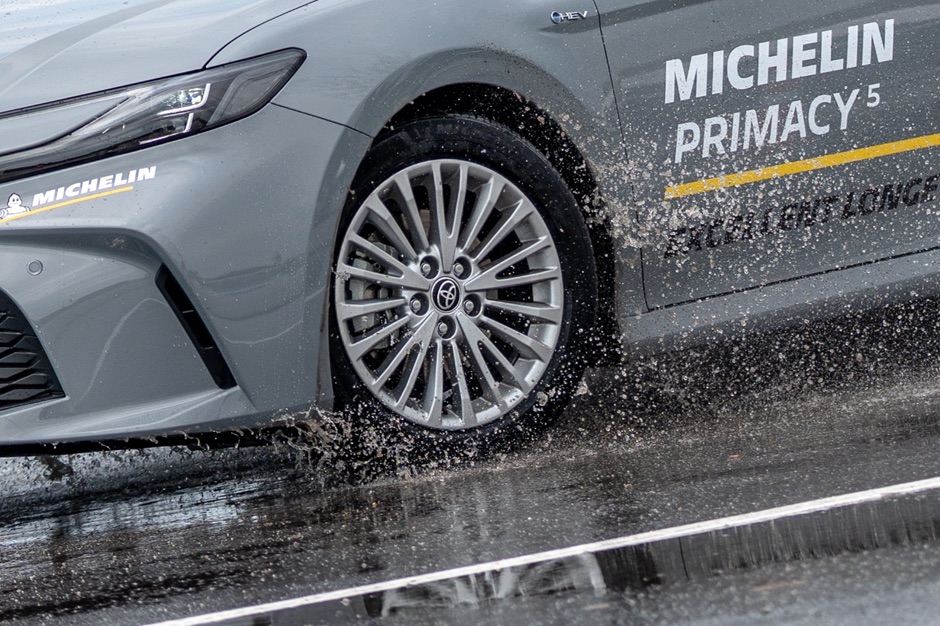One of the Boeing 787’s most appealing features to its operators is its extremely expandable operational range.
The Dreamliner’s range varies slightly across its three models. The figures, according to Boeing, are as follows:
- 787-8 – 7,305 NM (13,530 km)
- 787-9 – 7,530 NM (13,950 km) (Dreamliner)
- 787-10 – 6,345 NM (11,750 km)
These figures are the product of significant research and development by the American manufacturer, which resulted in an array of fuel-saving features. One of these fuel-saving features is the aircraft’s eye-catching, and arguably beautiful – curving wing shape.
Wing flex is an obvious feature on the Boeing 787 due to its curving wings. While so much vertical wing movement may appear strange or even frightening, there is a solid explanation for this.
According to Boeing, it optimises the shape (or ‘camber’) of the wing automatically to save the most fuel. During the cruise, the wing trailing edge automatically adjusts upward and downward to continually optimise the camber for maximum efficiency.
The system also reduces the effects of turbulence, which could otherwise disrupt passengers. The 787’s performance is optimised not just by the wings’ shape but also by the materials used to make them. To that goal, Boeing claims that the use of composite materials in the wing structure allows the 787 wings to have a higher aspect ratio than previous aircrafts.
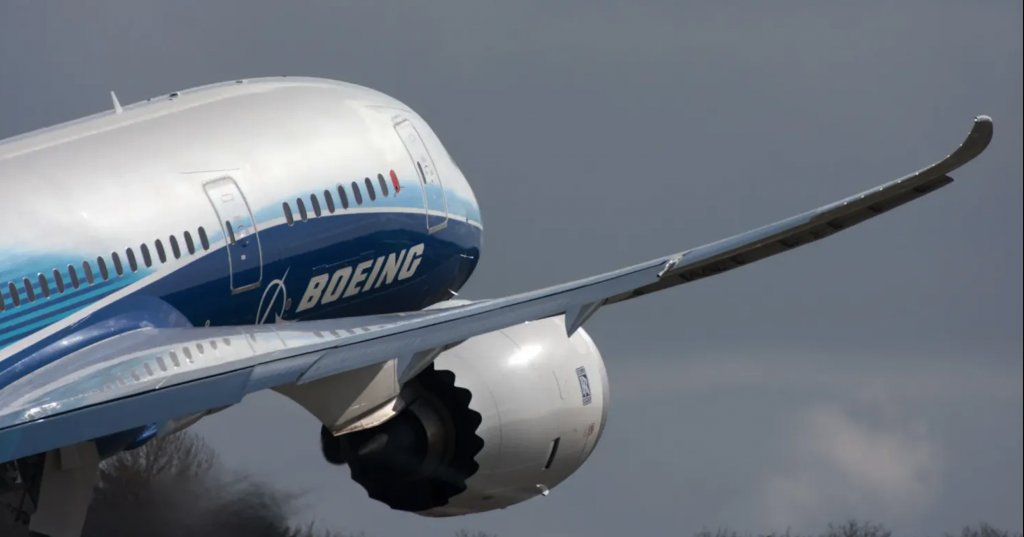
As a result of these diverse features, Dreamliner’s operators have something of a perfect combo. It can fly faster than its predecessors while using less fuel due to its wide range of technology.
Due to the swept-back form of the Boeing 787’s curving wings, the aircraft has what is known as ‘raked wingtips.’ This also serves as an alternative to winglets. Once again, this feature leads to increased fuel efficiency and, as a result, increased operational range. This is due to the following decrease in aerodynamic drag induced by vortices formed as the wingtips cut through the air.
As manufacturers strive for optimal fuel efficiency, the future of wing design appears likely to continue in an innovative manner.
So there you have it. Now you know that the curved wings are not just for show! Look at it as a symbol of human achievement and the limitless possibilities of technology.




